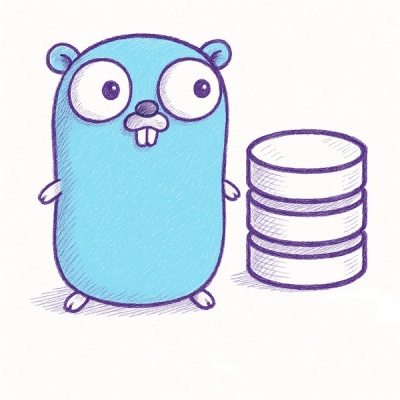
Security News
Browserslist-rs Gets Major Refactor, Cutting Binary Size by Over 1MB
Browserslist-rs now uses static data to reduce binary size by over 1MB, improving memory use and performance for Rust-based frontend tools.
replicache
Advanced tools
This tutorial walks through creating the UI for a basic Replicache-powered todo list.
It relies on the replicache-sample-todo backend. To learn how to setup you own Replicache backend, see Server Side Setup.
If you have any problems or questions, please join us on Slack. We'd be happy to help.
You can also skip to the end and check out the full working version of this sample.
Note: This document assumes you already know what Replicache is, why you might need it, and broadly how it works. If that's not true check out the design document for a detailed deep-dive.
npm install replicache
Replicache ships with both ES6 and CommonJS modules. For simplicity, these examples use ES6.
<script type="module">
import Replicache from './node_modules/replicache/out/mod.js';
var rep = new Replicache({
// URL of the diff server to use. The diff server periodically fetches
// the "client view" from your service and forwards any delta to the
// client. You can use our hosted diff server (as here) or a local diff
// server, which is useful during development. See
// https://github.com/rocicorp/replicache#server-side for more
// information on setting up your client view.
diffServerURL: 'https://serve.replicache.dev/pull',
// Auth token for the diff server, if any.
diffServerAuth: '1',
// URL of your service's Replicache batch endpoint. Replicache
// will send batches of mutations here for application.
batchURL: 'https://replicache-sample-todo.now.sh/serve/replicache-batch',
// Auth token for your client view and batch endpoints, if any.
dataLayerAuth: '2',
});
</script>
Use subscribe() to open standing queries. Replicache fires onData whenever the result of the query changes, either because of local changes or sync.
rep.subscribe(
async tx => {
return await toArray(tx.scan({prefix: '/todo/'}));
},
{
onData: result => {
// Using lit-html, but the principle is the same in any UI framework.
// See https://github.com/rocicorp/replicache-sdk-js/tree/master/sample/cal
// for an example using React.
const toggle = complete =>
html`<td><input type="checkbox" .checked=${complete} /></td>`;
const title = text => html`<td>${text}</td>`;
const row = todo =>
html`<tr>
${toggle(todo.complete)}${title(todo.text)}
</tr>`;
render(
html`<table>
${result.map(row)}
</table>`,
document.body,
);
},
},
);
Register client-side mutators using register().
Mutators run completely locally, without waiting on the server — online, offline, whatever! A record of the mutation is queued and sent to your service's batch endpoint when possible.
Replicache also invokes mutators itself, during sync, to replay unacknowledged changes on top of newly received server state.
const updateTodo = rep.register('updateTodo', async (tx, {id, complete}) => {
const key = `/todo/${id}`;
const todo = await tx.get(key);
todo.complete = complete;
await tx.put(key, todo);
});
const handleCheckbox = async (id, e) => {
await updateTodo({id, complete: e.srcElement.checked});
};
subscribe() to re-fire at any time. These changes can come from the server or from a different tab. If your UI is not reactive (driven solely by the data model) you need to take extra steps to ensure the UI is in sync with the data.That's it! You've built a fully-functioning offline-first todo app against our sample backend. What will you do next?
FAQs
Realtime sync for any backend stack
The npm package replicache receives a total of 0 weekly downloads. As such, replicache popularity was classified as not popular.
We found that replicache demonstrated a healthy version release cadence and project activity because the last version was released less than a year ago. It has 8 open source maintainers collaborating on the project.
Did you know?

Socket for GitHub automatically highlights issues in each pull request and monitors the health of all your open source dependencies. Discover the contents of your packages and block harmful activity before you install or update your dependencies.

Security News
Browserslist-rs now uses static data to reduce binary size by over 1MB, improving memory use and performance for Rust-based frontend tools.

Research
Security News
Eight new malicious Firefox extensions impersonate games, steal OAuth tokens, hijack sessions, and exploit browser permissions to spy on users.

Security News
The official Go SDK for the Model Context Protocol is in development, with a stable, production-ready release expected by August 2025.